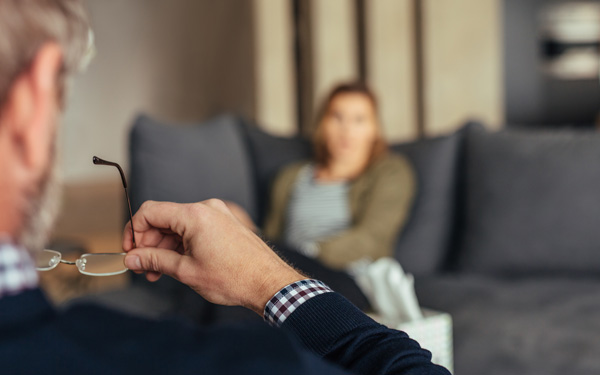
I have always stated that treatment for body dysmorphic disorder is incomplete without addressing the themes of identity formation and intimacy.
Every body dysmorphic disorder client enters treatment tormented by and preoccupied with an aspect of their physical appearance that they experience as defective. This is the BDD experience and to tell a client otherwise is usually interpreted as feeling misunderstood or invalidated. The overt symptoms of body dysmorphic disorder cannot be ignored because they directly interfere with every day functioning. When treating BDD, there needs to be a balance of addressing symptoms so that the client can more easily participate in life, while simultaneously not focusing so much on the symptoms that it reinforces the deeply held belief that their aesthetic appearance is why they are suffering. Their identity becomes so entangled with their external appearance that this interferes with the internal development of an integrated sense of self.
Recovery from body dysmorphic disorder entails forming a sense of self that is not based in shame, the primary emotion that perpetuates body related symptoms. Shame not only impedes identity development, but it also is not compatible with interpersonal and especially intimate relationships. Many individuals with BDD have difficulty achieving intimacy and can only interpret this within the context of their body related symptoms; they attribute a lack of intimacy to what they perceive as aesthetically defective about themselves. In turn, they focus even more on their appearance, and it is this that further interferes with the development of a healthy identity and authentic attachments to people. Recovery from body dysmorphic disorder is a process of gentrifying one’s sense of self so that external physical features are no longer the epicenter of their identity.
I approach treatment for BDD utilizing both an “inside-out” and an “outside-in” approach. Gaining insight into the origins of one’s symptoms is important, however, there also needs to be behavioral change as well in order to unlearn and reroute neural pathways that evolved over many years and have led to maladaptive behaviors. Although these behaviors may have been adaptive at one point in an individual’s life, they no longer provide relief and also simultaneously reinforce the negative intrusive thoughts and deeply held beliefs about one’s body and identity. In my experience, treating external symptoms while concurrently catalyzing a healthy foundation of identity provides a foundation that supports the best recovery prognosis.
If you are seeking individual BDD therapy, please call 310-741-2000 or email: info@BDDclinic.com

